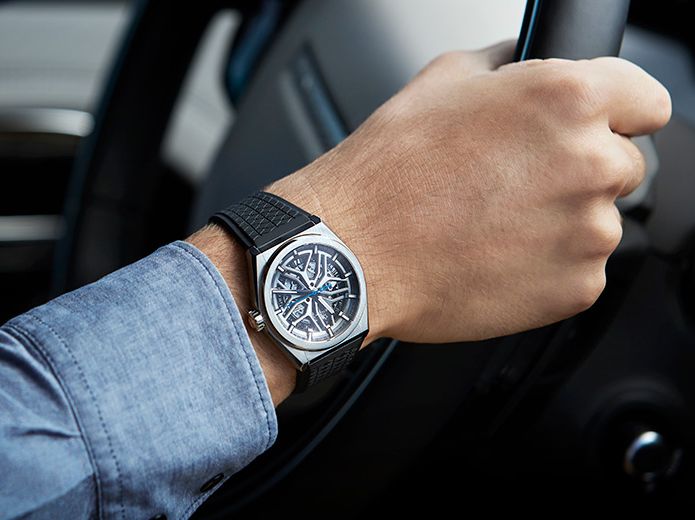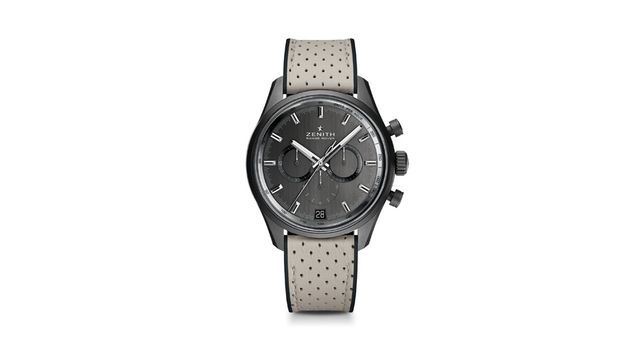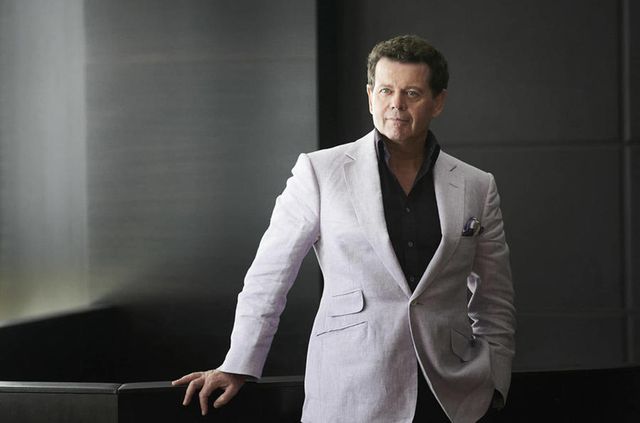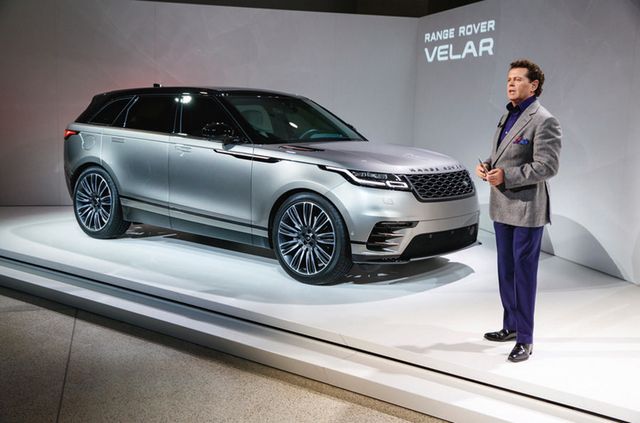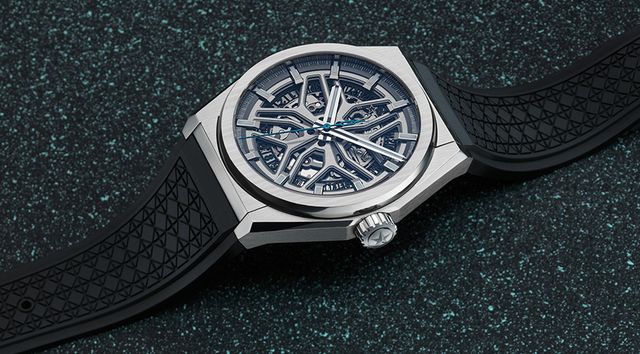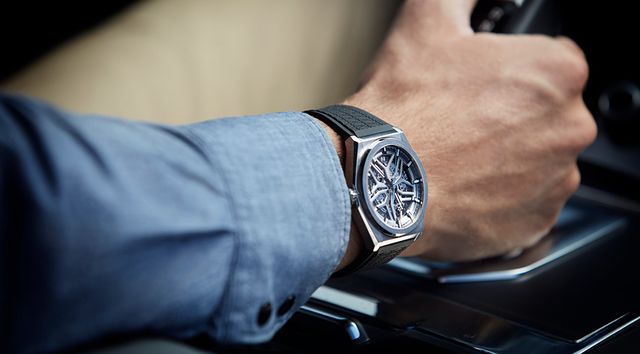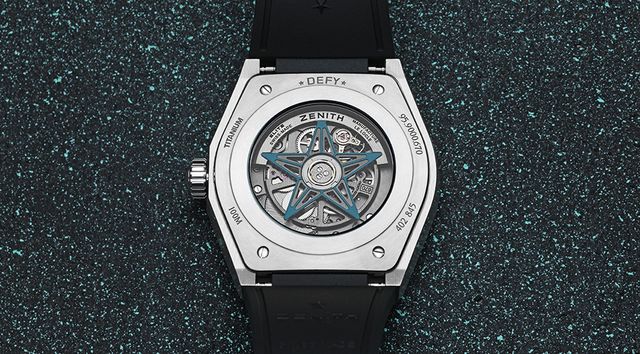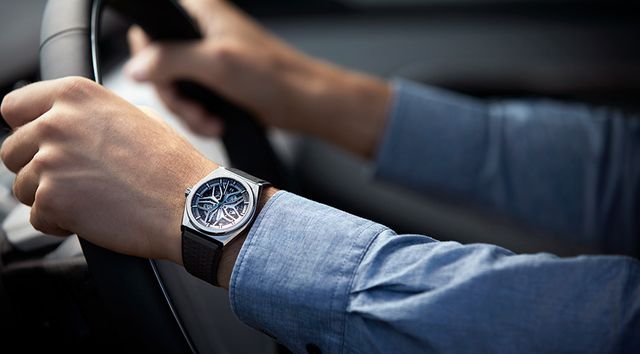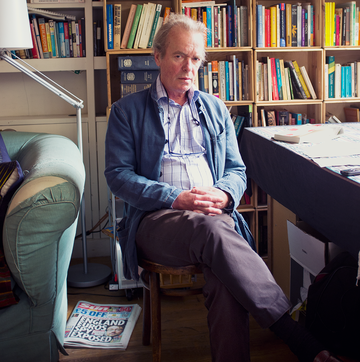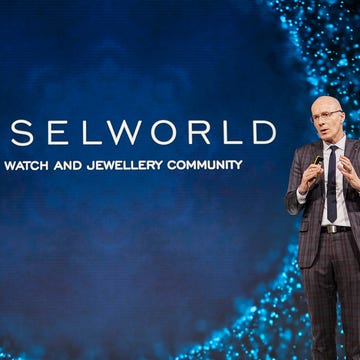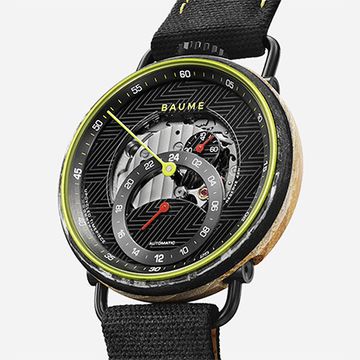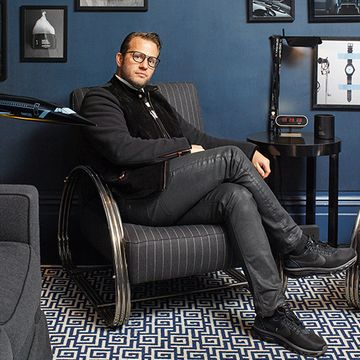It can be hard to know who profits most from the endless slew of watch and brand tie-ups, if indeed anyone. Sometimes there are shared technologies, although these are often spuriously applied and almost always shared in one direction, with the watch brands taking advantage. No, in the main, the win is the watch company’s as it piggybacks on the profile of a sport, film, car or – more and more – a contemporary urban musical artist.
The value, measured I know not how, is in association and reach, and perhaps even in some back-room data deal (naturally we’re making no claims here, lawyers). As it may be, it appears there’s still plenty of mileage in pairing up. There is a reason it is the route taken by Rolex, Omega, Hublot, TAG Heuer and many others.
These days, that list includes Zenith; Hublot and TAG’s LVMH stablemate, newly planted in the fertile soil of the mainstream marketing bed on a mission to cross-pollinate (or something). Zenith has dabbled in the sticker game before, although not always with significant impact. Most viewers will remember Felix Baumgartner’s wonderfully mad jump from 24 miles up as being a Red Bull project, rather than for the Zenith logos strategically placed on his suit and capsule, or the (now sadly discontinued) Zenith Stratos on his wrist that fell to Earth with him. Those of us who listened to Baumgartner describe the likelihood of his head exploding during a Zenith-arranged round-table on the eve of his jump may not, mind.
But since a certain Jean-Claude Biver got his hands on the brand a couple of years ago, applying his ‘let’s make it sexy’ marketing strategy in the process, that has started to change. Purists may not like it, but by aligning the brand with hip-hop supremo Swiss Beatz, Cohiba cigars and Chinese superstar singer and actor Eason Chan, Zenith has cornered off some marketing real estate with serious clout.
Today, Zenith takes the wraps off the third watch made in cahoots with another of its new-generation partner brands, Range Rover. The Defy Classic Range Rover is the first co-branded piece in Zenith’s avant-garde Defy case and timed to land alongside the second generation Range Rover Evoque.
Salient details are that it’s the first Defy with a 41mm case (of which more in a moment), that its skeletonised dial mirrors one of the Evoque’s alloy option designs, that it’s limited to 200 pieces, and that Zenith is marketing it as a unisex model, hence the ‘Arctic Petrol detailing.
Gerry McGovern, Land Rover’s Chief Design Officer was in town for a pre-launch launch earlier this month – QP sat down with him to try and find out who wins in this partnership, who this watch is for, and what a Zenith Defender watch might look like.
QP: Mr McGovern, thanks for talking to us. Tell us, why pair Range Rover with Zenith?
Gerry McGovern (GM): Zenith has been a sleeping giant, and that intrigued me. People who buy Zenith watches are generally people who are genuinely interested in watches. They know its heritage and its authenticity and its ability to create great movements. You’d probably argue that Zenith doesn’t have the image and the equity of some other watch manufacturers, but that’s a good thing because you can make that work for you.
QP: Do you need it to work for you?
GM: No. We don’t need Zenith and Zenith don’t need us. But we have got synergies between some of our customers and some of our vision. This isn’t about sticking Range Rover on the back of a watch. It’s a genuine collaboration and for me, a natural fit.
QP: Why collaborate with a watchmaker in the first place? What does Range Rover gain from it?
GM: Precision is the thing. That’s why I was keen to collaborate with a luxury watchmaker, because luxury watchmaking in general demonstrates a level of precision that I didn’t think was present in the automotive luxury design world, and we needed to create more precision. Evoque has much higher levels of precision than its predecessor and that manifests itself in everything – the panel gaps, the interior parts… That’s the influence, but in terms of overall design proportion, clearly a watch isn’t going to affect a car much.
QP: Zenith is only making 200 pieces – who’s buying it?
GM: At the end of the day people aren’t going to buy it because it’s a Range Rover, they’re going to buy it because it’s a Zenith watch and Zenith are the expert watch manufacturers. The fact that it’s a Zenith done in collaboration with Range Rover gives it greater interest. But first and foremost, you buy that watch because it’s desirable and a collaboration between two great brands.
QP: This is the third watch to come out of the Zenith x Range Rover project. What do we need to know about how the two brands have come together this time?
GM: The first two were just a toe in the water. This is a more substantive design collaboration. We’ve had a lot more involvement in the design of the case and the dial.
QP: How involved were you in the design of the watch?
GM: I love watches so I was quite involved with this, more than the first two. My job, as it is with Land Rover, is to set the vision for the brand. I’ve got a big team of designers and so I don’t sit there physically drawing things any more. But I am quite hands-on in terms of editing and directing the design.
QP: So what was the brief?
GM: The first thing I said was I don’t want a 42mm watch, I want a 41mm watch. Clearly the shape of the case hasn’t changed, it’s been reduced. On a car, no matter how nice its design proportions are, if you’ve haven’t got decent boots on it, i.e. wheel design, you lose it. The alloy wheel is a fundamentally important part of the car in terms of its overall desirability. They’re like jewellery. So we thought, what if were to take an alloy wheel design that’s quite distinctive and weave that into the watch? That was the brief to the designers.
QP: Why 41mm?
GM: If you look at an Evoque it’s a compact vehicle. For me, 41mm was the optimum. Not too big, not too small.
QP: So if you’d been designing a watch for a long-wheel-based Range Rover, would the case have been bigger?
GM: Not necessarily, no. It doesn’t have to be that literal. In this case, it’s more driven by the Evoque consumer profile being 50 per cent female. I thought 41mm was a good proportion for men and women.
QP: So it’s a unisex watch?
GM: Yes, absolutely.
QP: How do you design a unisex watch?
GM: It’s about what goes within it, how the real estate is used. Just as with designing a car, you’ve got to get the volume and the proportion right. But I also like the juxtaposition of a man-sized watch on a woman’s wrist.
QP: Did you want there to be a marriage between the design and the watch’s function?
GM: The aesthetic can be just as much a function as form follows function – it is function because the case gives it both its literal strength and its visual strength.
QP: Why choose to work with the Defy this time?
GM: The Defy resonated with me when I first saw it because I thought, ‘that watch will transform the image of Zenith.’ It’s the company’s first modern-looking watch, in my view. It’s also a beautiful, well-proportioned watch.
QP: And why go for such a bold aesthetic by opting for a skeletonised dial?
GM: The skeletonised approach for me communicates the fact there’s an incredible mechanism in there that we should celebrate. We could have made something subtle and clean, like a Calatrava, but that’s boring as hell.
QP: How does the design language of the car translate into the watch?
GM: Evoque has a level of sportiness, but it’s still a luxury vehicle. You’ve got that mix of the two, which we wanted to combine in the watch as well. So you’ve got the sporting emphasis with the watch’s exposed structure, and then by just colour and finish, such as the way we pushed the batons out, you get a much more formal looking watch.
QP: Flipping it round the other way – does any of the watch’s design language translate back to the car?
GM: To be honest, no.
QP: What about the five-spoke alloy wheel and the five points of the Zenith star – intentional or coincidence?
GM: We didn’t design the dial to reflect the Zenith star shape, but when we chose the wheel design, we recognised it was similar to the Zenith star shape.
QP: And what about this new blue colour, where does that come from?
GM: Colour is a very important thing in watches. People can have an insatiable appetite for a Rolex because it’s got one colour element that makes it unbelievably collectible. The Arctic Petrol on the seconds hand came from the piping on the Evoque’s seats.
QP: So is that it for Zenith and Range Rover, or is there more to come?
GM: Well, we could play all sorts of tunes with this as we go on. The Defy looks great in ceramic. New Defender comes next year and I can see a Zenith Defender version and next generation Discoveries that will work, too. We have to ask ourselves some questions. What’s a really versatile, durable Zenith watch? How do you make the watch you know you could kick the shit out of and it’ll get up for more, without making it oversized and bulky, and still very premium? And as we move on we need to keep the volumes low, because these watches are very special.
